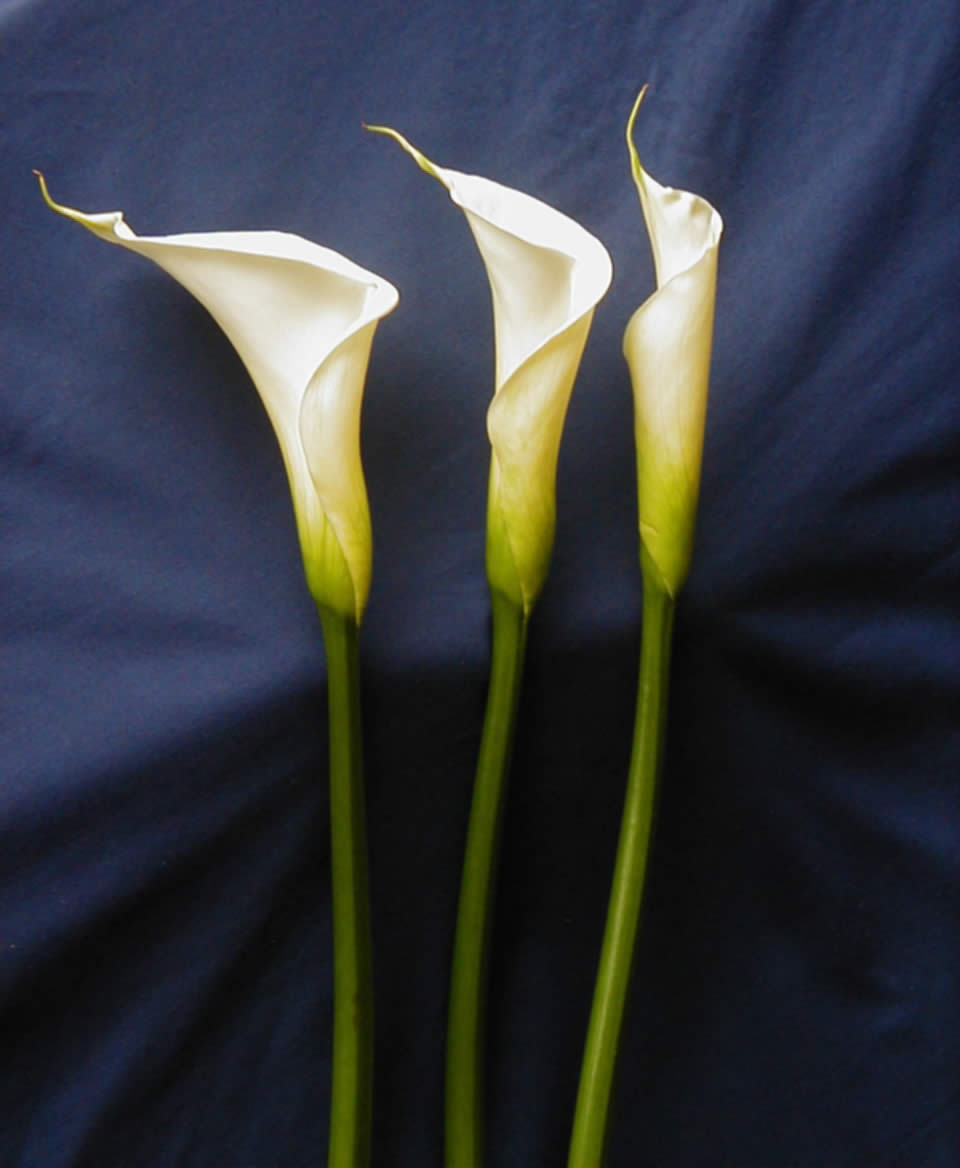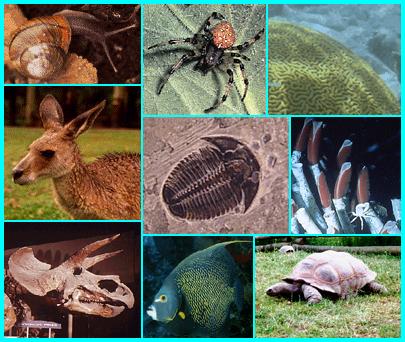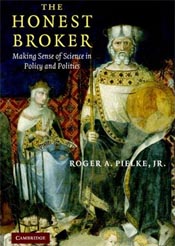Law 2.0
 I will spend November 1 and 2 at the University of Arkansas School of Law. At the invitation of Dean Cyndi Nance, I will make a variety of presentations on subjects ranging from agricultural law to the current state of legal scholarship. I will discuss Beyond Food and Evil with students in food law and policy and Around the World in 80 Centiliters with students in agricultural finance and credit. If I can convince anyone to give me comments on a working paper of mine, Modeling Law Review Impact Factors as an Exponential Distribution, so much the better.
I will spend November 1 and 2 at the University of Arkansas School of Law. At the invitation of Dean Cyndi Nance, I will make a variety of presentations on subjects ranging from agricultural law to the current state of legal scholarship. I will discuss Beyond Food and Evil with students in food law and policy and Around the World in 80 Centiliters with students in agricultural finance and credit. If I can convince anyone to give me comments on a working paper of mine, Modeling Law Review Impact Factors as an Exponential Distribution, so much the better.I am extremely pleased to be paying an official visit to Arkansas, where I taught classes in the LL.M. program in agricultural law during the mid-1990s. I am very happy that Fayetteville, an academic home away from home, will be the site of a new presentation I call Law 2.0.
 Law 2.0 refers transparently to Web 2.0, a term expressing the far-from-universal sentiment that a second generation of Internet-based communities and services, all designed to facilitate collaboration and sharing between users, has transformed the social meaning and impact of the World Wide Web. I freely admit that my allusion to Web 2.0 is very loose. I am less interested in specific components of Web 2.0 such as social-networking sites, wikis, and folksonomies — I originally posted this item, after all, on the rare blog that does not allow comments and offers little beyond a raw RSS feed
Law 2.0 refers transparently to Web 2.0, a term expressing the far-from-universal sentiment that a second generation of Internet-based communities and services, all designed to facilitate collaboration and sharing between users, has transformed the social meaning and impact of the World Wide Web. I freely admit that my allusion to Web 2.0 is very loose. I am less interested in specific components of Web 2.0 such as social-networking sites, wikis, and folksonomies — I originally posted this item, after all, on the rare blog that does not allow comments and offers little beyond a raw RSS feed  and a subscription page to facilitate downstream collaboration, sharing, and modification of its content — than in the broad concept of law, legal education, and legally mediated social change in a world of democratized technology.
and a subscription page to facilitate downstream collaboration, sharing, and modification of its content — than in the broad concept of law, legal education, and legally mediated social change in a world of democratized technology.Legal education today is operating in a technological environment that is cheaper, more widely distributed, and far more efficient than that which all but the youngest law professors experienced when they were in law school. I am mindful that the legal academy is arguably the most hidebound wing of a temperamentally conservative profession. Law school faculties, for instance, spend extraordinary amounts of time debating (and, in some instances, implementing) policies that effectively disable wireless networks whose very raison d'être is to enable broadband access across an entire university campus. That said, the students we teach today, to say nothing of their successors and their future clients, are all wired — and wireless — in ways most of their instructors are not. How precisely can we expect to shelter the flickering candlelight of Law 1.0 in a world lit by lightning?
I shall reserve a more complete answer to this question for my presentation at Arkansas. In the meanwhile, and for the benefit of those members of the Arkansas Law community who will have gotten the chance to review this post before my presentation, I invite you all to watch Web 2.0: The Machine Is Us/ing Us. This video has attained its own measure of Web 2.0 fame, insofar as nearly 4 million people have watched versions of it on YouTube. The Machine Is Us/ing Us is the magnum opus (to date) of Michael Wesch, a professor of cultural anthropology at Kansas State University. I know of no better five-minute explanation of Web 2.0. This entertaining look at Web 2.0 shows how XML (extensible markup language) is to HTML (hypertext markup language) as RNA is to DNA. Code is code, after all, and we are at once the products and the prime movers of evolution.






 The young man walks fast by himself through the crowd that thins into the night streets; feet are tired from hours of walking; eyes greedy for warm curve of faces, answering flicker of eyes, the set of a head, the lift of a shoulder, the way hands spread and clench; blood tingles with wants; mind is a beehive of hopes buzzing and stinging; muscles ache for the knowledge of jobs, for the roadmender's pick and shovel work, the fisherman's knack with a hook when he hauls on the slithery net from the rail of the lurching trawler, the swing of the bridgeman's arm as he slings down the whitehot rivet, the engineer's slow grip wise on the throttle, the dirtfarmer's use of his whole body when, whoaing the mules, he yanks the plow from the furrow. The young man walks by himself searching through the crowd with greedy eyes, greedy ears taut to hear, by himself, alone.
The young man walks fast by himself through the crowd that thins into the night streets; feet are tired from hours of walking; eyes greedy for warm curve of faces, answering flicker of eyes, the set of a head, the lift of a shoulder, the way hands spread and clench; blood tingles with wants; mind is a beehive of hopes buzzing and stinging; muscles ache for the knowledge of jobs, for the roadmender's pick and shovel work, the fisherman's knack with a hook when he hauls on the slithery net from the rail of the lurching trawler, the swing of the bridgeman's arm as he slings down the whitehot rivet, the engineer's slow grip wise on the throttle, the dirtfarmer's use of his whole body when, whoaing the mules, he yanks the plow from the furrow. The young man walks by himself searching through the crowd with greedy eyes, greedy ears taut to hear, by himself, alone. It was not in the long walks through jostling crowds at night that he was less alone, or in the training camp at Allentown, or in the day on the docks at Seattle, or in the empty reek of Washington City hot boyhood summer nights, or in the meal on Market Street, or in the swim off the red rocks at San Diego, or in the bed full of fleas in New Orleans, or in the cold razorwind off the lake, or in the gray faces trembling in the grind of gears in the street under Michigan Avenue, or in the smoker of limited expresstrains, or walking across country, or riding up the dry mountain canyons, or the night without a sleepingbag among frozen beartracks in the Yellowstone, or canoeing Sundays on the Quinnipiac;
It was not in the long walks through jostling crowds at night that he was less alone, or in the training camp at Allentown, or in the day on the docks at Seattle, or in the empty reek of Washington City hot boyhood summer nights, or in the meal on Market Street, or in the swim off the red rocks at San Diego, or in the bed full of fleas in New Orleans, or in the cold razorwind off the lake, or in the gray faces trembling in the grind of gears in the street under Michigan Avenue, or in the smoker of limited expresstrains, or walking across country, or riding up the dry mountain canyons, or the night without a sleepingbag among frozen beartracks in the Yellowstone, or canoeing Sundays on the Quinnipiac; The power of this article is instantly apparent to any careful student of
The power of this article is instantly apparent to any careful student of 



 The Times-Picayune has a
The Times-Picayune has a .jpg) California has a vigorous scheme of government liability for defective levees. It also has very serious potential flood hazards, especially in the delta area. As is true in other places, there is a great deal of development pressure in flood prone areas. Under prior law, a municipality could approve new development in high risk areas, leaving the state on the hook for any resulting damage claims if the levees failed. Cities gain financially from adding tax base with new development, but do not bear any risks if the development is ill-advised.
California has a vigorous scheme of government liability for defective levees. It also has very serious potential flood hazards, especially in the delta area. As is true in other places, there is a great deal of development pressure in flood prone areas. Under prior law, a municipality could approve new development in high risk areas, leaving the state on the hook for any resulting damage claims if the levees failed. Cities gain financially from adding tax base with new development, but do not bear any risks if the development is ill-advised. Along with the Intergovernmental Panel on Climate Change,
Along with the Intergovernmental Panel on Climate Change,  .mp3
.mp3





















